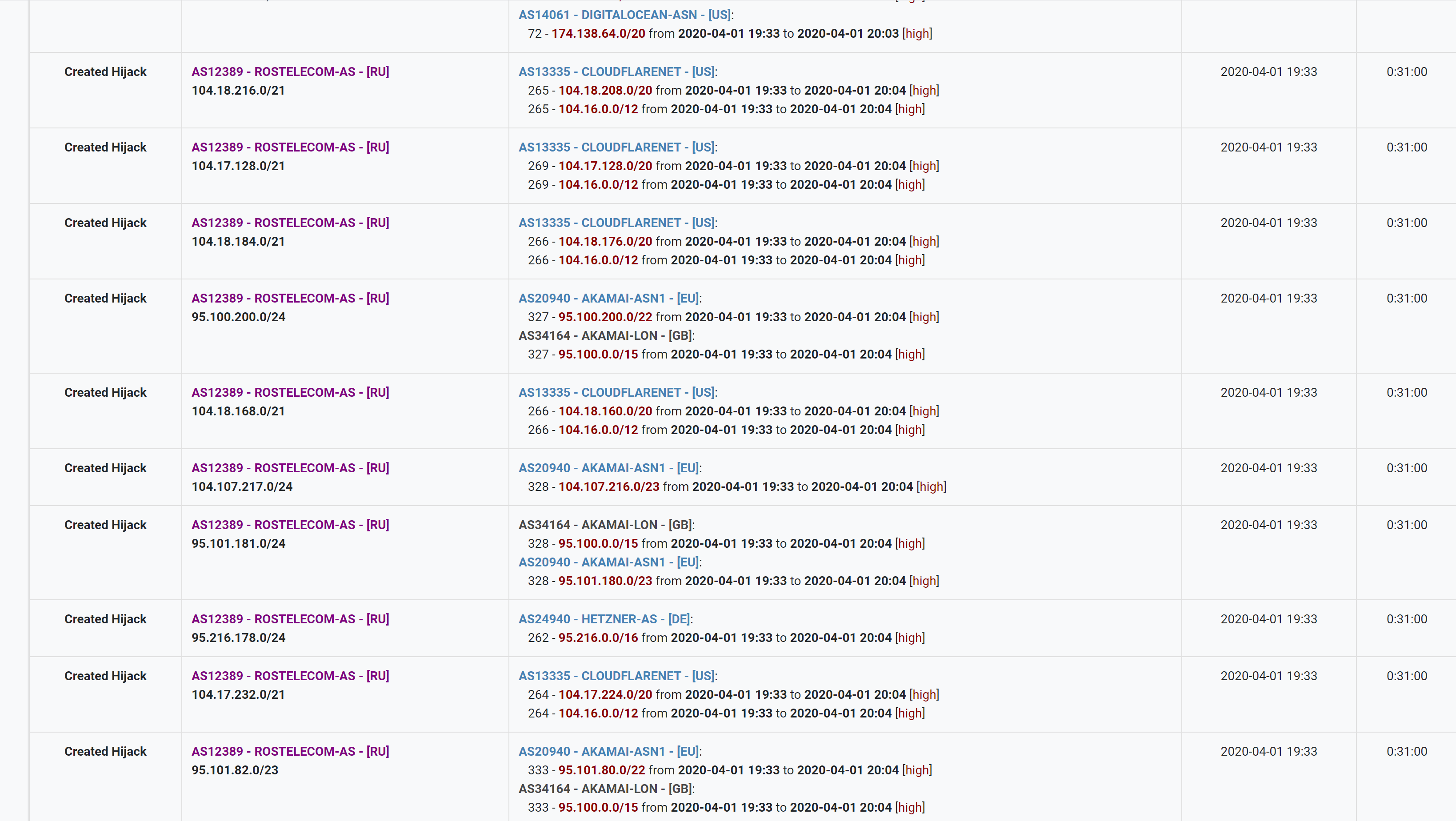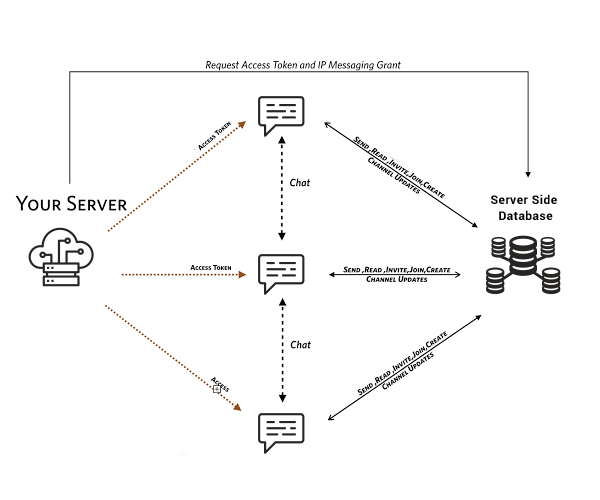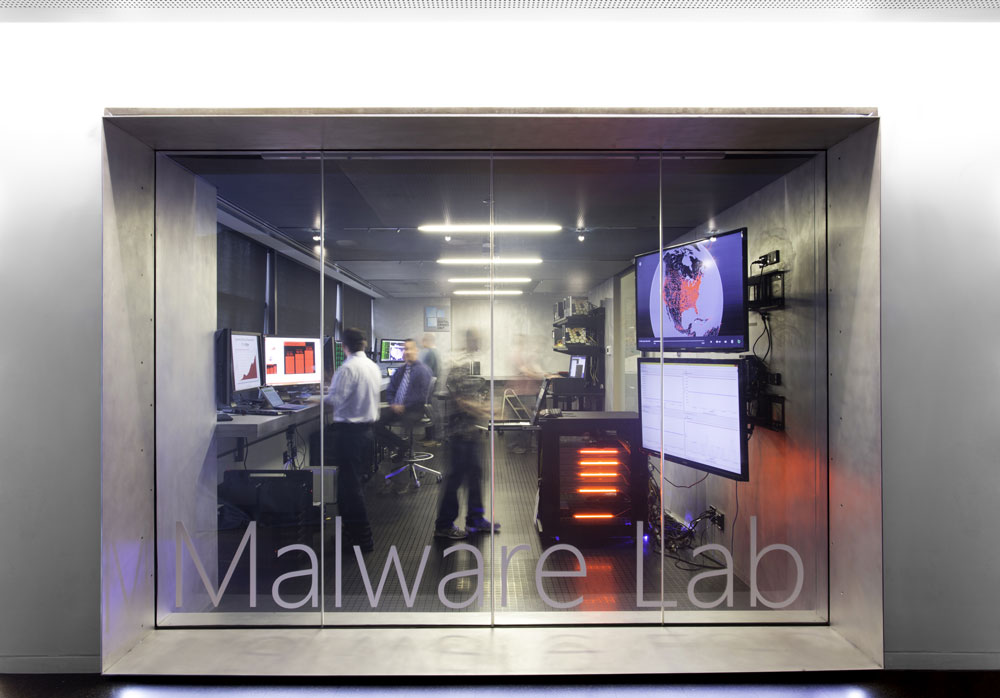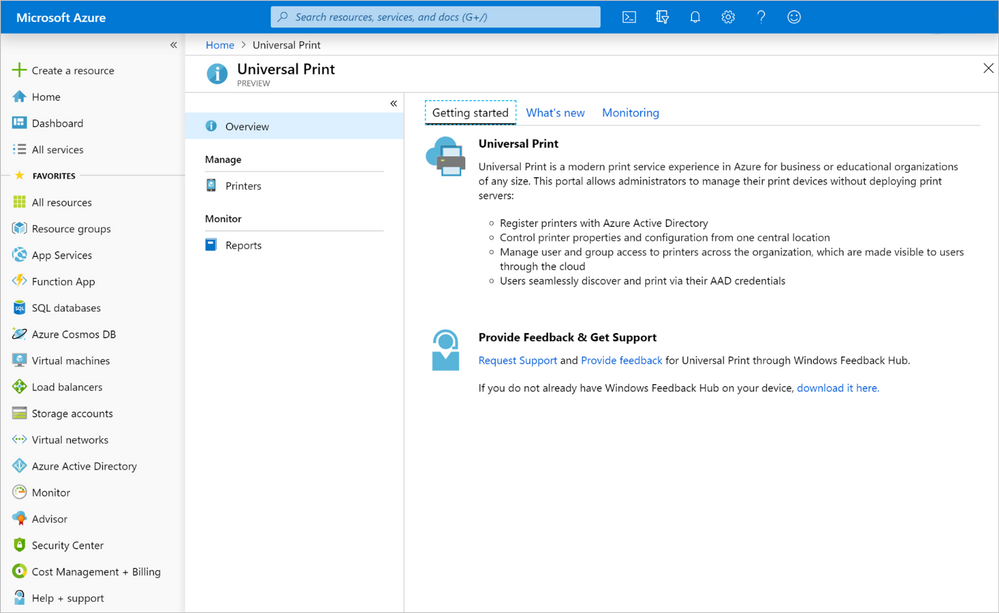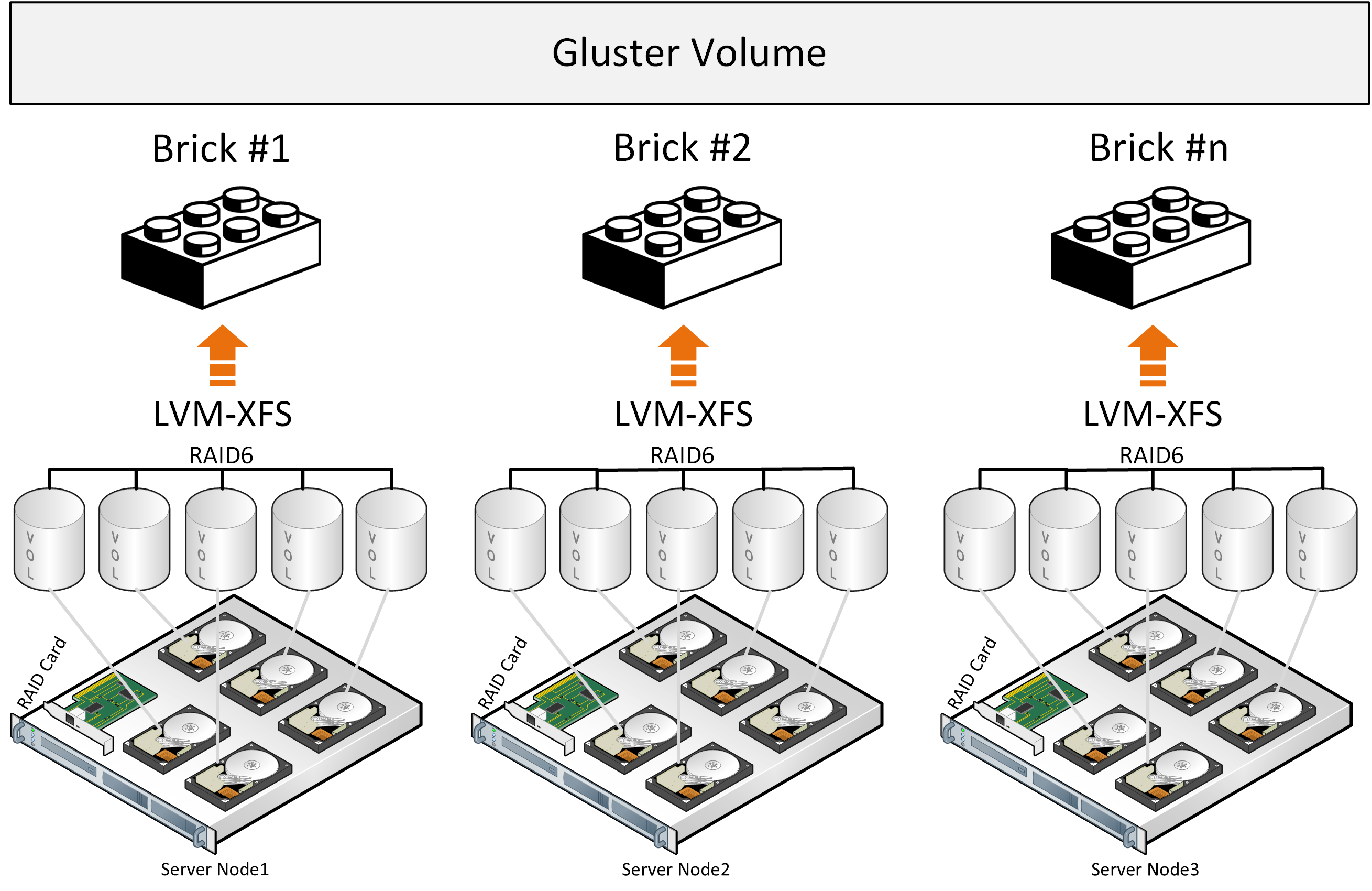
Intro
Like I said earlier in previos articles, Buildroot is a great system for embedded Linux development. But sometimes strange things can happen.
Once upon a workday, I got the following task: add printing system in firmware (Kraftway terminal Linux next generation). Ok, so I had to add cups + cups filter and to build firmware. I set a postscript-printer and got an error "Filter failed". Trivial tasks turned into serious work.
In this article, I wrote my own way of solving this problem. It may be useful for other developers and IT-specialist and, also, for a deeper understanding of the Buildroot.
If you are a Buildroot beginner, I recommend reading my previous articles.
Update 1 may 2020
Revisioned versions of this patches applied to master.


